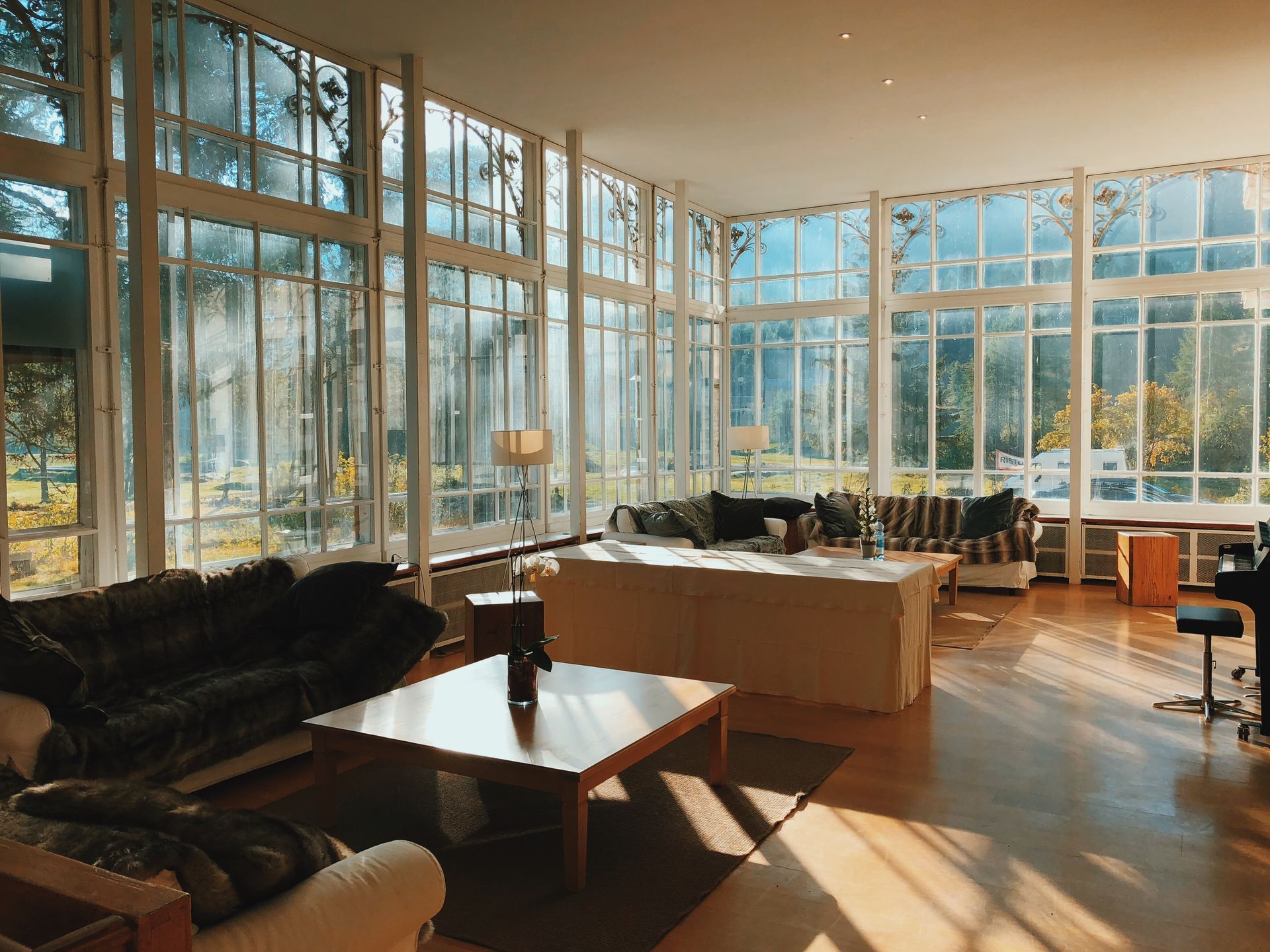Double pane windows are a reliable and affordable option for many homes in Colorado, but triple pane windows offer enhanced insulation, noise reduction, and energy savings—making them a better long-term choice in higher altitudes or colder climates. The decision comes down to budget, performance goals, and regional conditions. According to the U.S. Department of Energy, heat loss through windows accounts for up to 30% of residential heating and cooling energy use—meaning added insulation from a third pane can yield measurable comfort and savings in the right conditions.
For most Colorado homes, triple pane windows offer better insulation, comfort, and long-term energy savings—especially at higher elevations or in colder-facing areas of the house. However, modern double pane windows with Low-E coatings and gas fills still perform well and may be the better value for homes in milder regions or with budget considerations.
In this guide, we’ll break down how each window type performs in Colorado’s demanding environment and help you determine which option is right for your home.
Understanding Double Pane and Triple Pane Windows
Double pane windows consist of two sheets of glass with a sealed air space in between—typically filled with argon or krypton gas. Triple pane windows add a third glass layer, creating two gas-filled chambers instead of one.
Both types can include Low-E coatings that reduce heat transfer and UV penetration. The main differences lie in their insulation value, weight, and price.

Colorado’s Climate: Why Insulation Matters More Here
Colorado presents a unique mix of weather factors that directly affect window performance:
● High elevation: Air pressure changes can stress seals and reduce insulating effectiveness.
● Dry winters and hot summers: Rapid temperature shifts test frame stability and sealing.
● Freeze-thaw cycles: Frequent expansion and contraction can lead to premature window failure.
● Strong UV exposure: Degrades untreated materials and heats interior rooms quickly.
These conditions make thermal performance and durability critical in window selection.
For a broader comparison of window materials based on value and performance, check our guide on long-term value in Colorado window materials.
Comparing Energy Efficiency and Comfort
Triple pane windows provide better insulation than double pane—offering a lower U-value (which measures heat transfer). This results in:
● Less heat loss in winter and less heat gain in summer
● Improved indoor temperature stability
● Enhanced soundproofing, especially near traffic or wind-exposed areas
That said, high-quality double pane windows with gas fill and Low-E coatings still provide excellent efficiency in many Colorado neighborhoods.
Cost Difference: Upfront vs. Long-Term Value
Triple pane windows typically cost 10–25% more than comparable double pane models. The higher cost comes from additional materials, increased manufacturing complexity, and heavier frames.
However, triple pane windows can result in:
● Lower heating and cooling bills (especially in cold climates)
● Better home comfort and resale appeal
● Potentially longer lifespan due to reduced stress on seals
For homeowners planning to stay long-term or facing harsh winter exposure, the investment may pay off.
Weight and Frame Considerations
Because triple pane windows are heavier, they often require stronger or reinforced frames. This can slightly increase installation costs or limit style options for retrofit applications.
If you’re upgrading from older double pane units, your current window frames may need structural evaluation to ensure they can support the extra weight.
How Altitude Affects Window Seal Performance
In high-altitude regions like much of Colorado, window seals face increased stress due to lower atmospheric pressure. If a window’s insulated glass unit (IGU) isn’t designed for elevation, the internal gas can expand and cause seal failure—leading to fogging, condensation, or thermal inefficiency. Triple pane windows used at elevation should be pressure-equalized using capillary tubes or factory-sealed specifically for the altitude at which they’ll be installed. Verifying this detail with your installer is key to long-term performance.
Noise Reduction: Which Pane Setup Performs Better?
While energy savings get most of the attention, noise reduction is another area where triple pane windows outperform double pane. The added layer of glass and second gas-filled chamber significantly dampen outside noise, which can be a major benefit in areas with traffic, wind exposure, or urban density. If peace and quiet are a priority—whether for a nursery, home office, or bedroom—triple pane offers a noticeable improvement.
Maintenance Differences Between Double and Triple Pane
In day-to-day use, both window types are relatively low-maintenance. However, triple pane windows are heavier and may use more robust mechanisms for opening and tilting. This could make them slightly more complex to clean or replace if needed. Double pane windows are generally lighter and may be easier to operate in standard frame systems. Homeowners should factor in these practical differences when considering ease of use, especially for upper floors or older residents.
Real Estate Value: What Do Buyers Prefer?
Energy efficiency is increasingly important to homebuyers. In real estate listings, homes with updated high-performance windows often stand out—and triple pane windows, in particular, can suggest luxury and forward-thinking energy design. In Colorado’s mountain towns or newer custom builds, triple pane may even be expected. While they may not return dollar-for-dollar value at resale, they can improve curb appeal, perceived quality, and buyer confidence.

When to Choose Double vs. Triple Pane in Colorado
Double pane may be the right fit if:
● You live in a moderate climate zone (e.g., Denver metro, with fewer cold extremes)
● Budget is a primary concern
● You’re upgrading from single pane or poor-quality units and want a noticeable performance improvement
Triple pane makes sense if:
● You’re in higher elevation areas like Aspen, Breckenridge, or Colorado Springs foothills
● Your home faces cold winds or has large glass surfaces
● You plan to stay long-term and want maximum energy efficiency and comfort
People Also Ask About Double vs. Triple Pane Windows in Colorado
Do triple pane windows fog up more?
Not typically. Triple pane windows are less likely to fog on the inside surface because they keep interior glass warmer during cold weather. If you notice condensation between panes, it’s usually a sign of seal failure—not the number of panes. Properly manufactured and altitude-rated triple pane windows actually improve long-term seal stability in high-elevation regions like Colorado.
Will triple pane windows lower my energy bill?
Yes—especially in colder climates like Colorado’s foothills and mountain towns. The third pane and added gas chamber improve insulation, reduce heat loss, and help maintain stable indoor temperatures. This means your HVAC system works less often, potentially reducing heating and cooling costs by 10–20% compared to older or standard double pane models.
Are triple pane windows worth it in Colorado?
For homeowners planning to stay long term, or those in high-elevation or wind-exposed areas, triple pane windows are absolutely worth it. They offer superior comfort, thermal performance, and noise reduction. While the upfront investment is higher, the long-term benefits in comfort, energy savings, and even resale value often justify the cost.
What is the R-value difference between double and triple pane?
Double pane windows generally offer R-values between 3 and 4, depending on the type of gas fill and coatings used. Triple pane windows can reach R-7 or higher. The higher the R-value, the better the insulation—which translates to better energy efficiency and a more consistent indoor environment year-round.
Can I upgrade from double to triple pane in existing frames?
It depends on the window construction and the strength of your current frames. Triple pane glass is heavier and may not be compatible with older or slimmer frames. Retrofitting may require new sashes or full-frame replacements. A window professional should inspect your current setup to determine if an upgrade is feasible and safe.
Our Take: What We Recommend for Colorado Homes
We recommend triple pane windows for homeowners who want maximum insulation and plan to live in their homes for many years. The added comfort and efficiency are worth the investment in Colorado’s variable climate.
That said, high-quality double pane windows with advanced coatings and gas fills can also meet performance needs in many locations—especially if installed by experienced professionals.
Conclusion: The Right Window for Comfort and Efficiency
Whether you choose double or triple pane, the key is selecting a window system that’s rated for your altitude, climate, and comfort priorities. With the right product and expert installation, both options can enhance your home’s efficiency, durability, and year-round livability in Colorado.
Get Started Today
Five Seasons Windows & Doors is Colorado’s top-rated local window company with 230+ 5-star reviews. We offer expert advice, no-pressure quotes, and flexible project options — including phased installs. Schedule your consult today.



